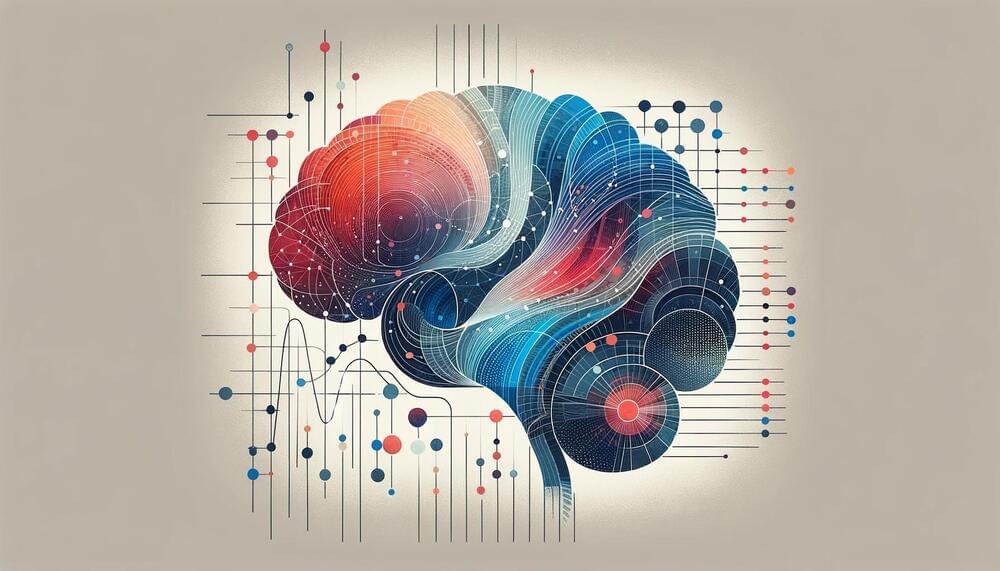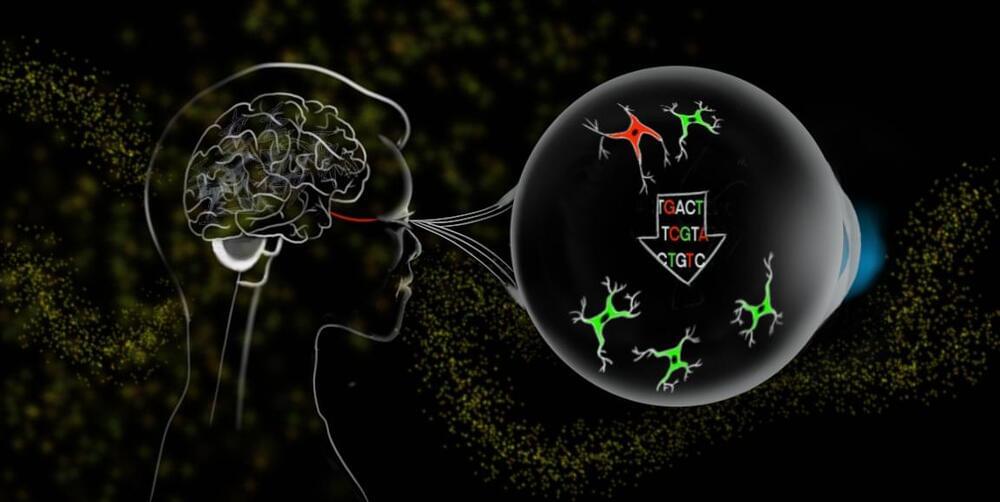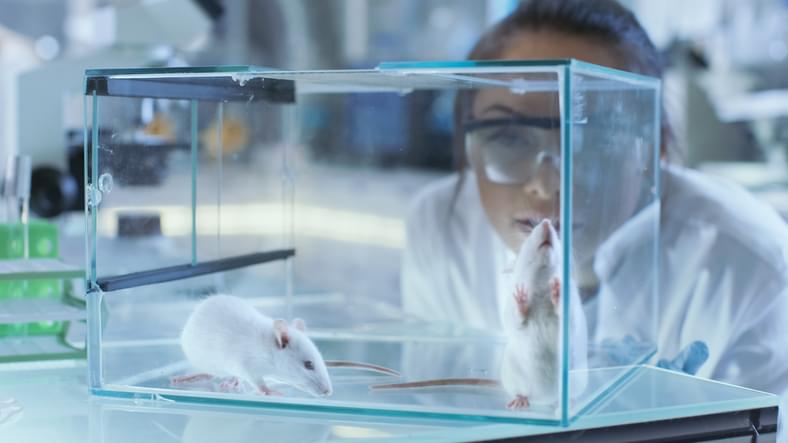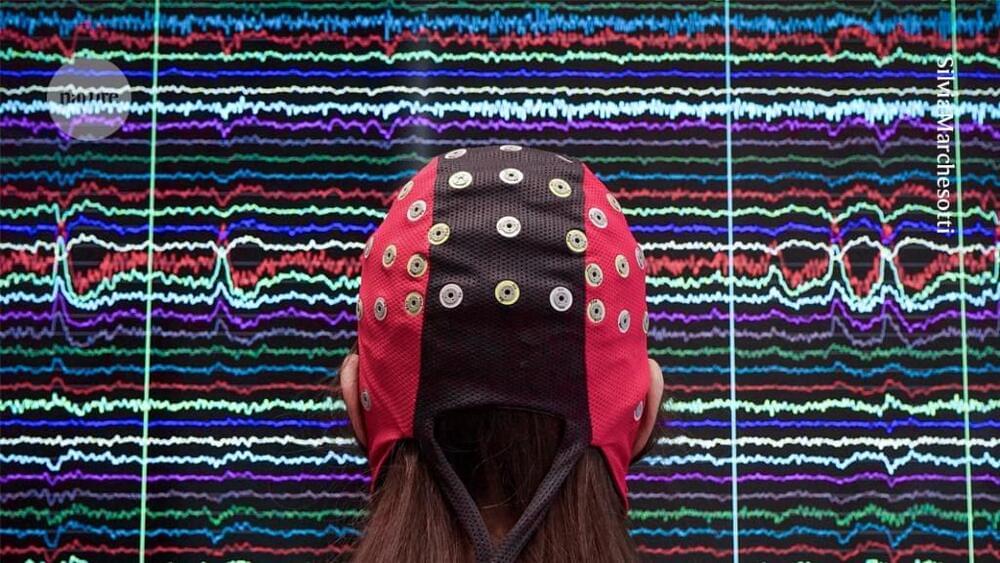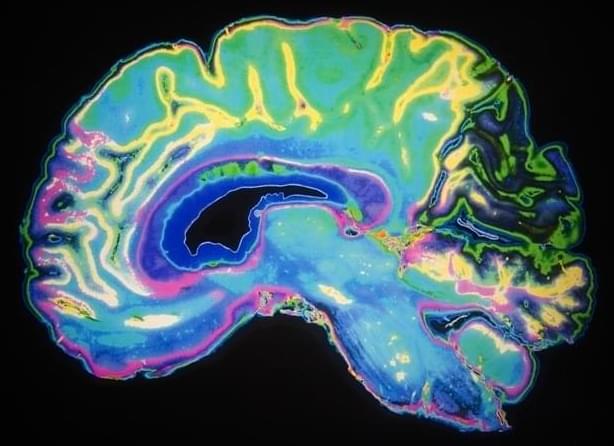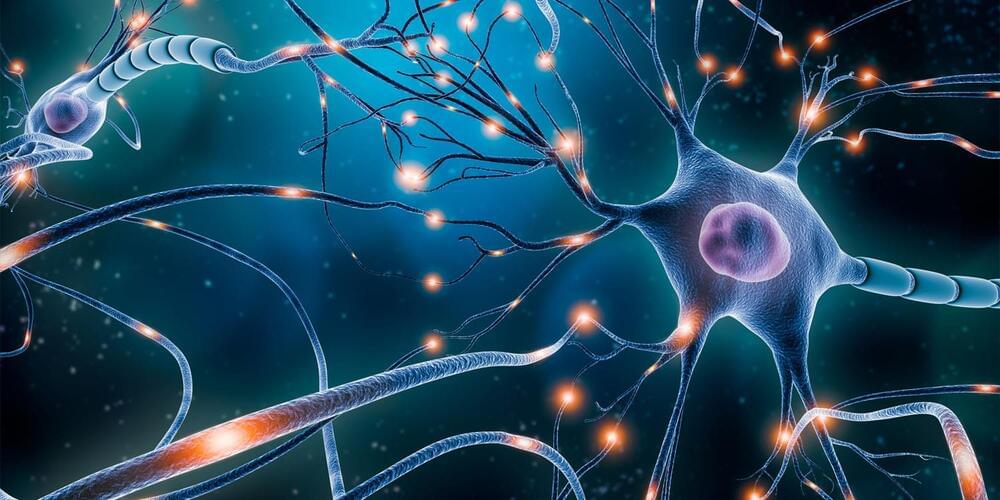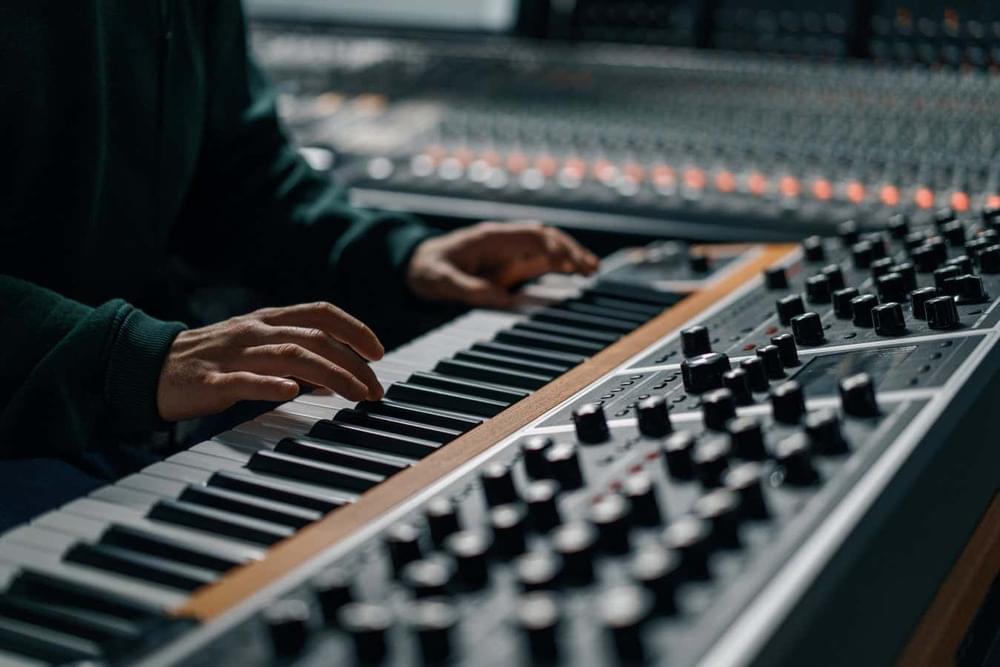While supporting actors are often overlooked, without their contribution, a story’s main characters would lose context and resort to isolated monologues.
The same is true for neurons — the top-billing stars of cognition — when firing in the brain. Without cells called glia, which form the bulk of brain matter, neurons would stop communicating with each other, as seen in neurodegeneration. These supporting glial cells play countless critical roles in the nervous system such as maintaining the chemical environment of neurons and modulating their activity.
Although neurons still rightfully garner A-lister attention when it comes to developing brain therapies, Jeffrey Goldberg, MD, PhD, professor and chair of ophthalmology and the Blumenkranz Smead Professor, believes a young, underexplored class of therapies called gliotherapeutics, which target and harness glia, will ultimately provide important new directions for treatment.
